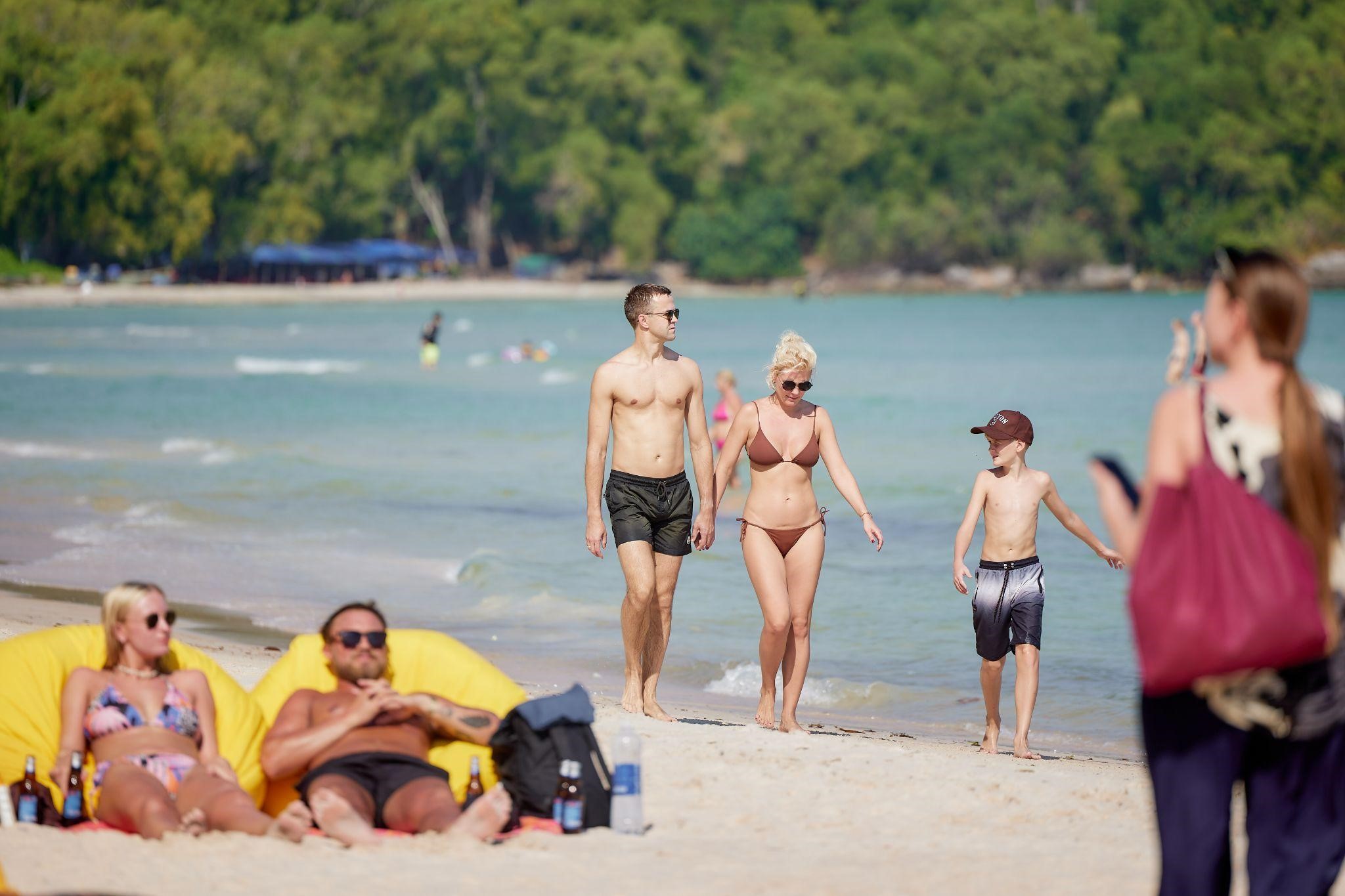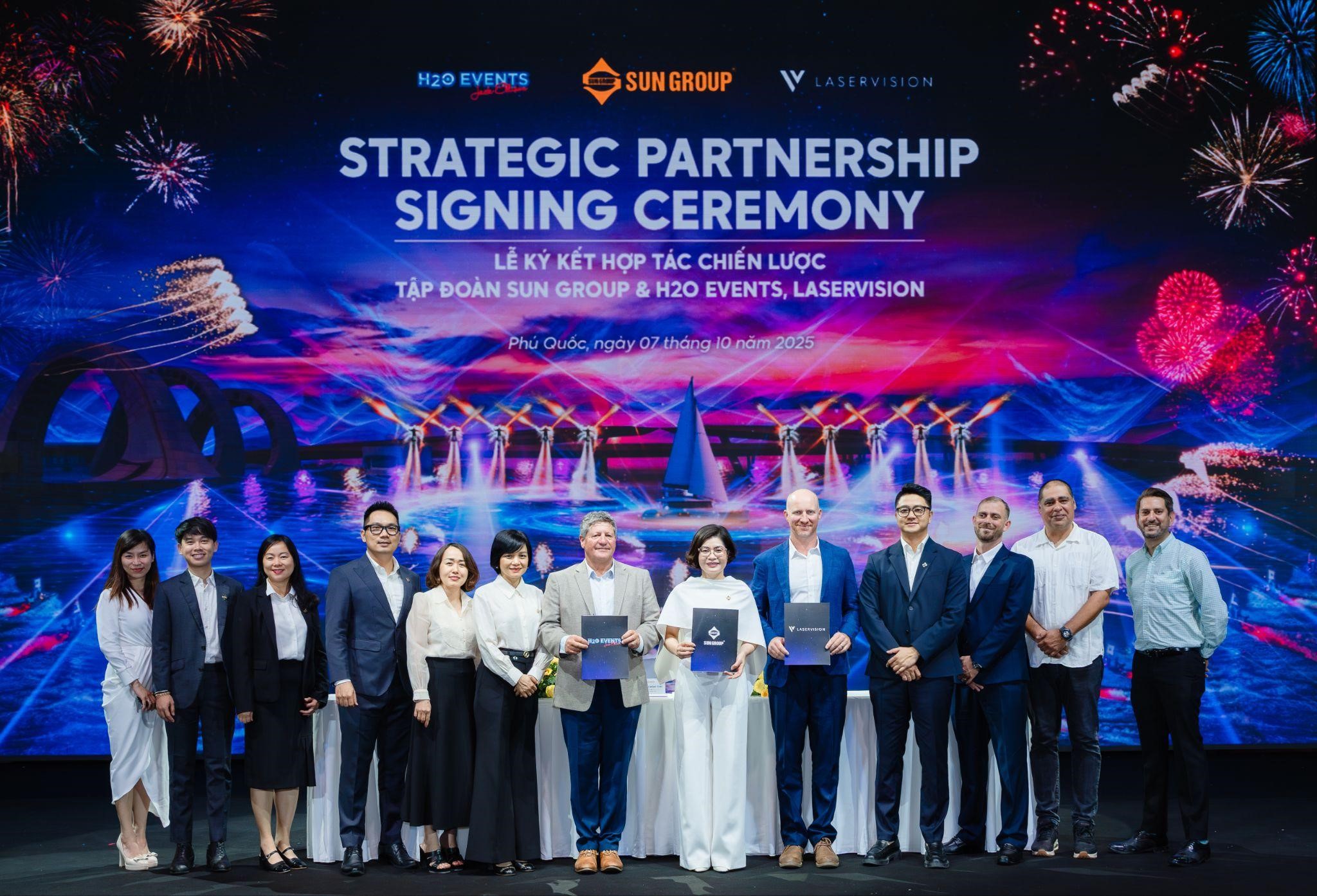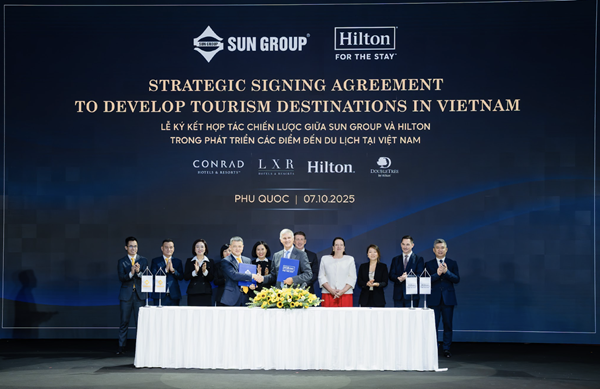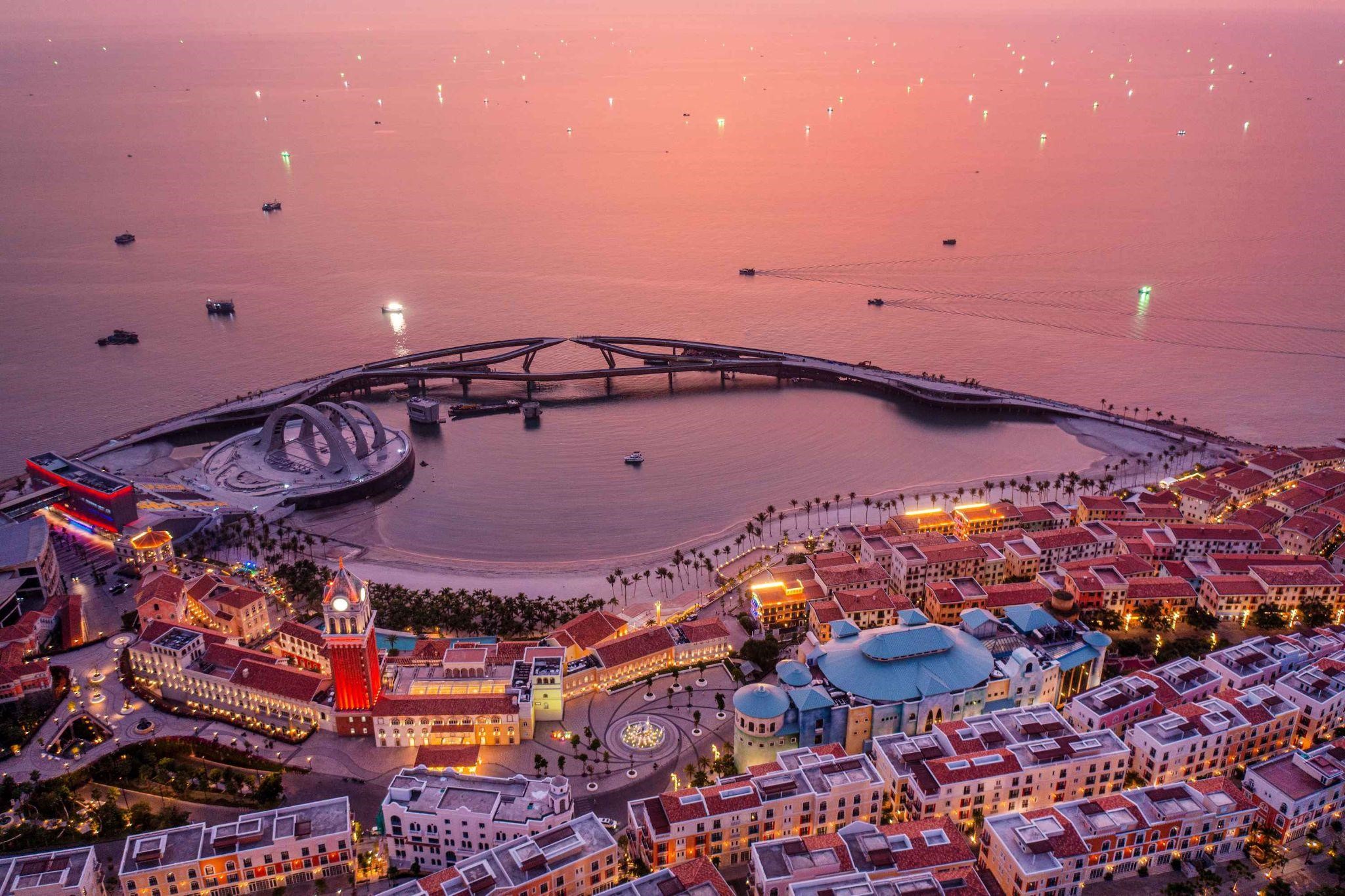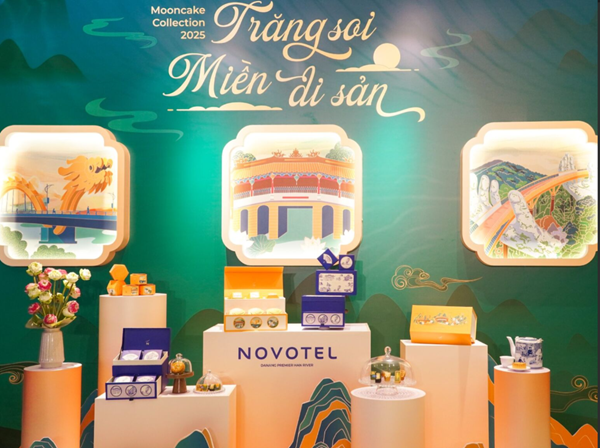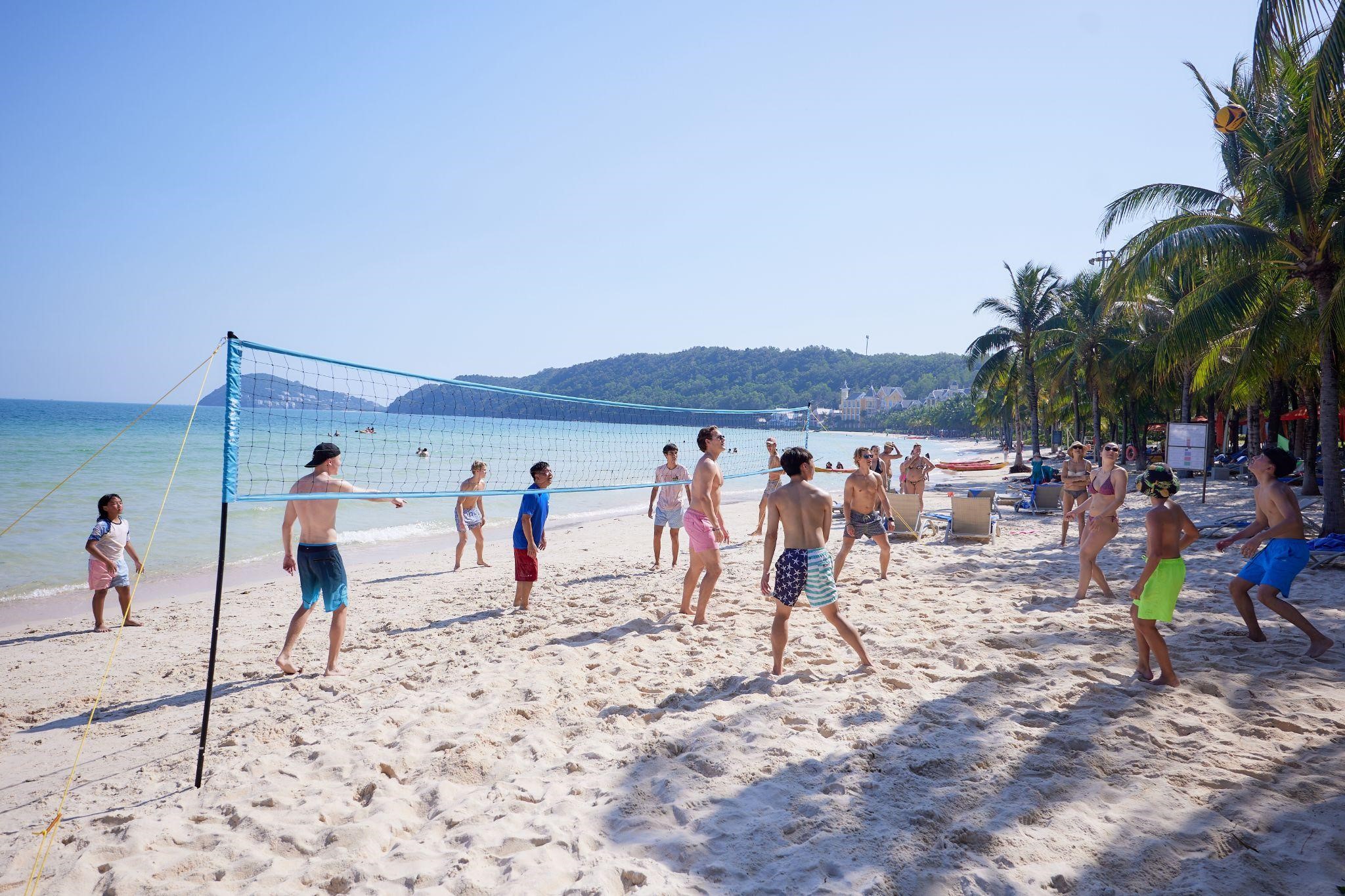International experts offer advice to help Cat Ba solve the problem of sustainable ecological development
"The question is difficult but Cat Ba has a way to solve it."
Cat Ba is considered the “Pearl Island” in the Gulf of Tonkin and is one of the largest biosphere reserves in the world. These “priceless resources” open up opportunities to develop into a model ecological island in the region. But to reach this goal, Cat Ba must also balance between economy and environment. As a leading consulting firm in the world, how do you assess the “difficulty” of this problem in Cat Ba?
Balancing economic development and environmental protection is a problem that the whole world must solve. From tourist paradises like Maldives, developed countries like the Netherlands, to powerful countries like China, all are looking for a way forward. This is a challenge not only for Cat Ba.
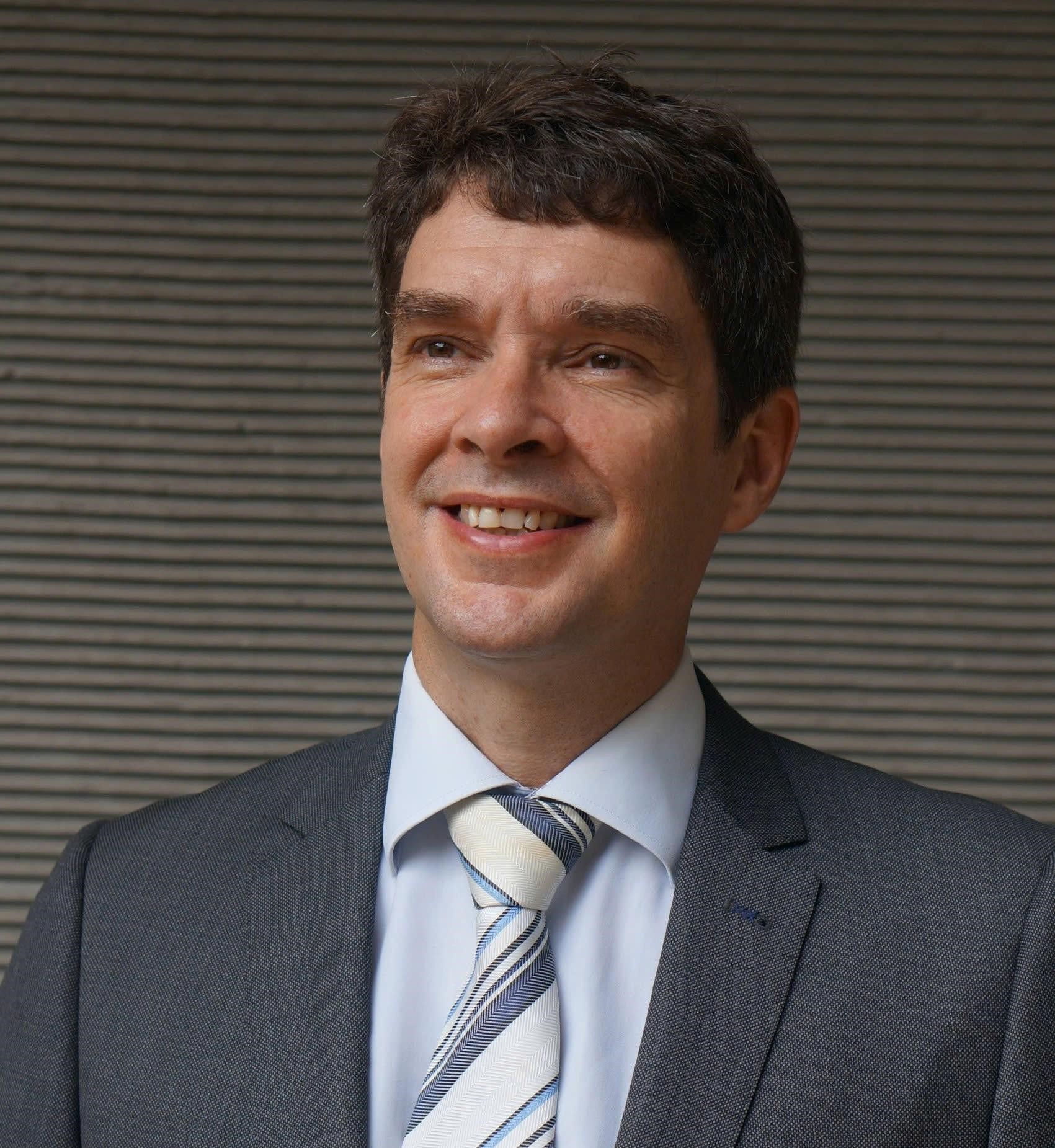
Mr. Michael van de Watering - Leading expert of Royal HaskoningDHV.
Cat Ba archipelago has a total area of over 30,000 hectares, 50% of which is forest area, nearly 30% is nature reserve and biodiversity. Residential land area, new urban areas combined with trade, services, services account for about 14% and commercial - service land is only about 3.5%, quite modest. With this limited land fund, to become "Asia's little Maldives", develop sustainable green tourism, and be a classy island paradise, Cat Ba still has many "obstacles".
Word prize give Cat Ba is a detailed, methodical plan with a deep, broad, and groundbreaking vision.
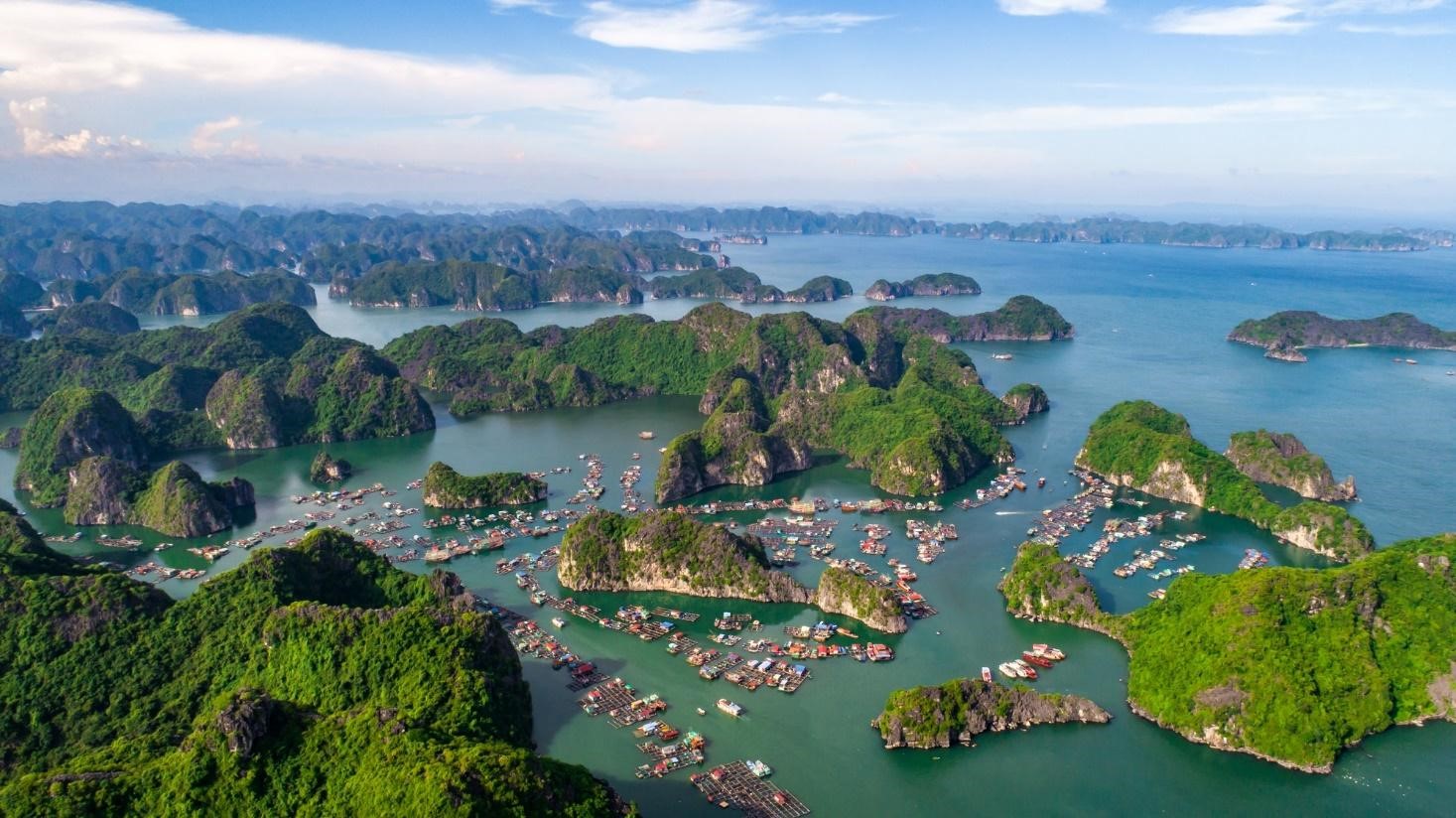
Cat Ba archipelago from above.
Can you suggest more clearly about the “solution” for Cat Ba?
There are 8 main points Cat Ba to consider:
The first is “going hand in hand with nature”. This approach focuses on prioritizing environmental friendliness right from the innovation in design, planning to choosing sustainable materials and materials to minimize negative impacts.
Next, it is necessary to “use alternative natural materials”. Using alternative materials such as industrial byproducts or geosynthetic materials not only reduces dependence on finite resources such as sand, but also limits the negative impacts of sand mining.
The third is “applying green solutions”. Green solutions here are understood as methods of construction and land improvement that are “friendly” to nature. For example, the Polder method - regenerating materials from demolished structures and testing new sand made from waste for sea encroachment. At the same time, combining coastal area restoration in terms of both landscape and biodiversity.
Fourth, “a thorough assessment of the dynamics and hydrodynamics” is needed. This helps predict changes in flow and sediment movement, so that Design projects that do not disrupt flow and optimize sediment dynamics.
Fifth, “monitor and establish an environmental impact assessment program”. From there, observe the changes in the coastline and the impact of land reclamation, and closely monitor changes in the ecosystem.
Sixth is “effective water resource management” – the “ultimate” task of sustainable development, especially for archipelagos like Cat Ba. Lack of water treatment infrastructure means lack of domestic water, and untreated wastewater will cause pollution.
Seventh, Cat Ba must “plan marine space” in a way that is harmonious and closely linked to the natural ecosystem and conservation areas, and clearly outline areas that need protection and are at risk of being affected. This approach not only helps manage resources effectively but also prevents the negative impacts of climate change.
Eighth, “applying innovative technology and adaptive planning” to improve construction techniques, develop advanced flood prevention systems and infrastructure that can withstand and adapt to climate change. And to plan in a staged adaptive approach that help to make decisions accounting for future uncertainties in climate change.
Solving these 8 problems, I believe that not only Cat Ba but Vietnam can completely develop sustainably and balance ecology in tourist islands.
Cat Ba is on track to bring Vietnam to the “Net Zero” finish line
Cat Ba’s long-term goal is to become an ecological, zero-emission island. How do you assess the feasibility of this goal? And what role should the government, businesses, and community play to achieve this “ideal destination”?
With 143 years of experience working in many countries around the world to find sustainable development solutions, we believe that the door to becoming an ecological, zero-emission island of Cat Ba is completely open, and is a challenge that can be overcome. This archipelago meets all the necessary conditions in terms of both natural foundation and tourism potential. However, to realize the goal, Cat Ba needs to make major efforts with the joint collaboration of the government, businesses, and community, while embracing the Nature Based Approach.
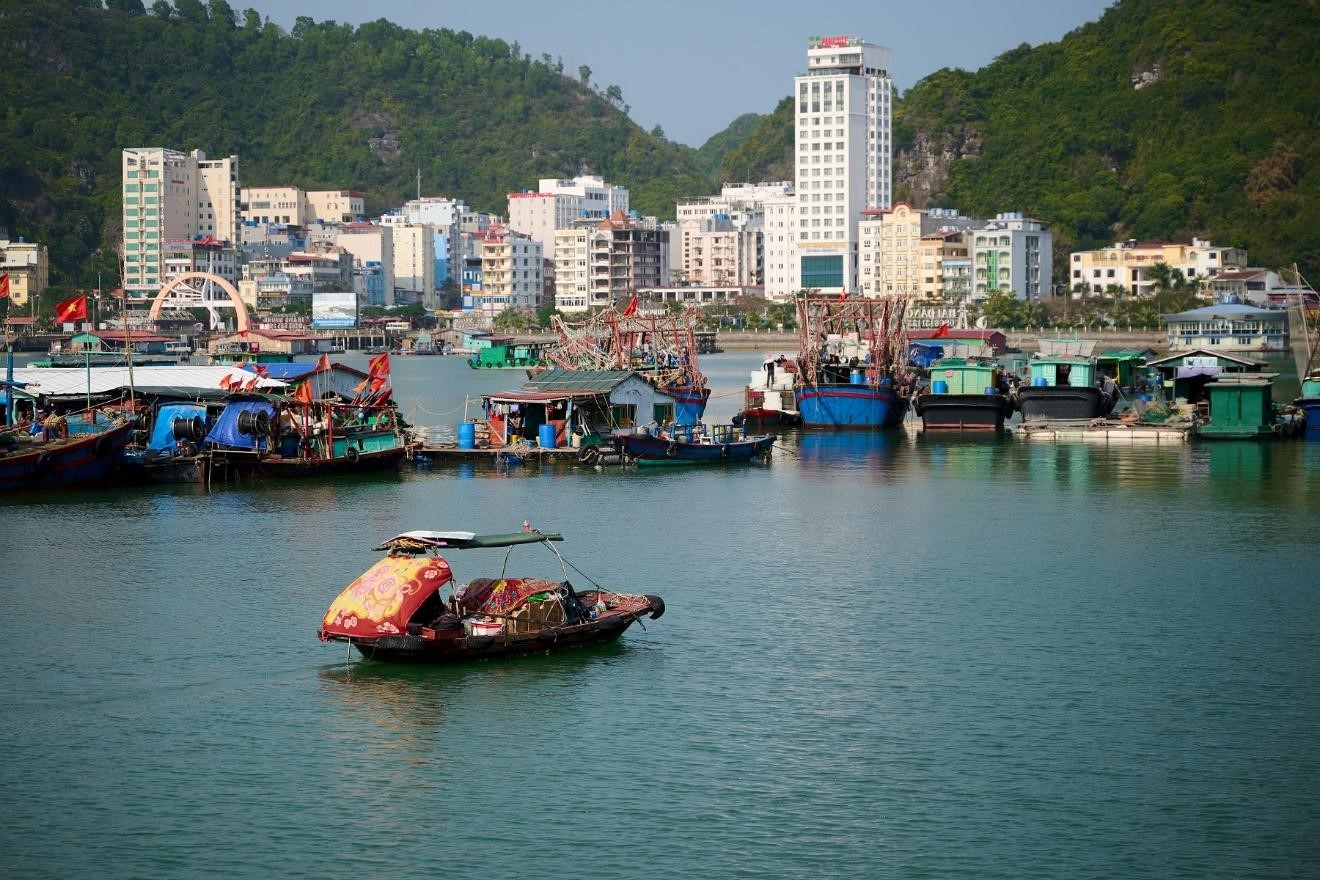
Cat Ba tourism infrastructure needs to be planned in a green, environmentally friendly direction.
Policies and regulations to develop Cat Ba are a prerequisite action. Local authorities can study the following four groups of solutions:
Group 1: regulations and propaganda: Including pressure Apply strict regulations on environmental protection; propagate and organize educational programs to raise awareness among people and tourists, and collect good initiatives.
Group 2: infrastructure investment: Increase investment and use of renewable energy such as wind, solar, tidal energy. At the same time, develop green transport infrastructure such as cable cars, electric cars. Invest in waste and wastewater treatment plants. Embrace nature-based solutions.
Group 3: ecological tourism: Localities need to create an open mechanism to attract businesses to develop green tourism to shape the image of an ecological island. Tourism development creates a “green space” in social security when local people have jobs with stable incomes.
Localities need to preserve and expand green areas. Envisage aspects such as restoring and protecting forest ecosystems, enhancing marine biodiversity, creating urban forest spaces to improve air quality, and increasing ecologically sound experience options.
Group 4: investment and technology application: one of the most effective tools to support sustainable development. Cat Ba needs to choose to apply advanced technologies such as power grid technology, smart waste treatment; green transportation, hybrid or advanced aquaculture and adaptive planning principles such adaptation pathways approach.
At the same time, we recommend that businesses take the lead in implementing “green” measures; focus on investing in eco-tourism, and apply modern technology to reduce carbon emissions from tourism activities. Create conditions for real green initiatives.
Finally, the community needs to actively participate in environmental protection activities, raise environmental awareness, support local authorities to develop tourism, infrastructure, and green services. The most practical is to minimize waste and pollution into the environment and sustainable use of scarce materials.
It is known that Sun Group is developing the Cat Ba Central Bay Tourism and Commercial Service Area - a pioneering project towards zero carbon emissions and dedicating many facilities to the community. Could you share some experiences to successfully develop and replicate the “Net Zero” model in Vietnam?
I appreciate the “boldness” of Sun Group in implementing “future” projects such as Cat Ba Central Bay Tourism and Commercial Services Area. This is a model that has been prioritized for development by many countries and we expect that Vietnam will have more enterprises like Sun Group, and more much sustainable projects towards zero carbon emissions take shape. We also really like the commitment to a nature-based approach and the green ideas such as developing green transportation with the cable car system that Sun Group has been implementing in Cat Ba.
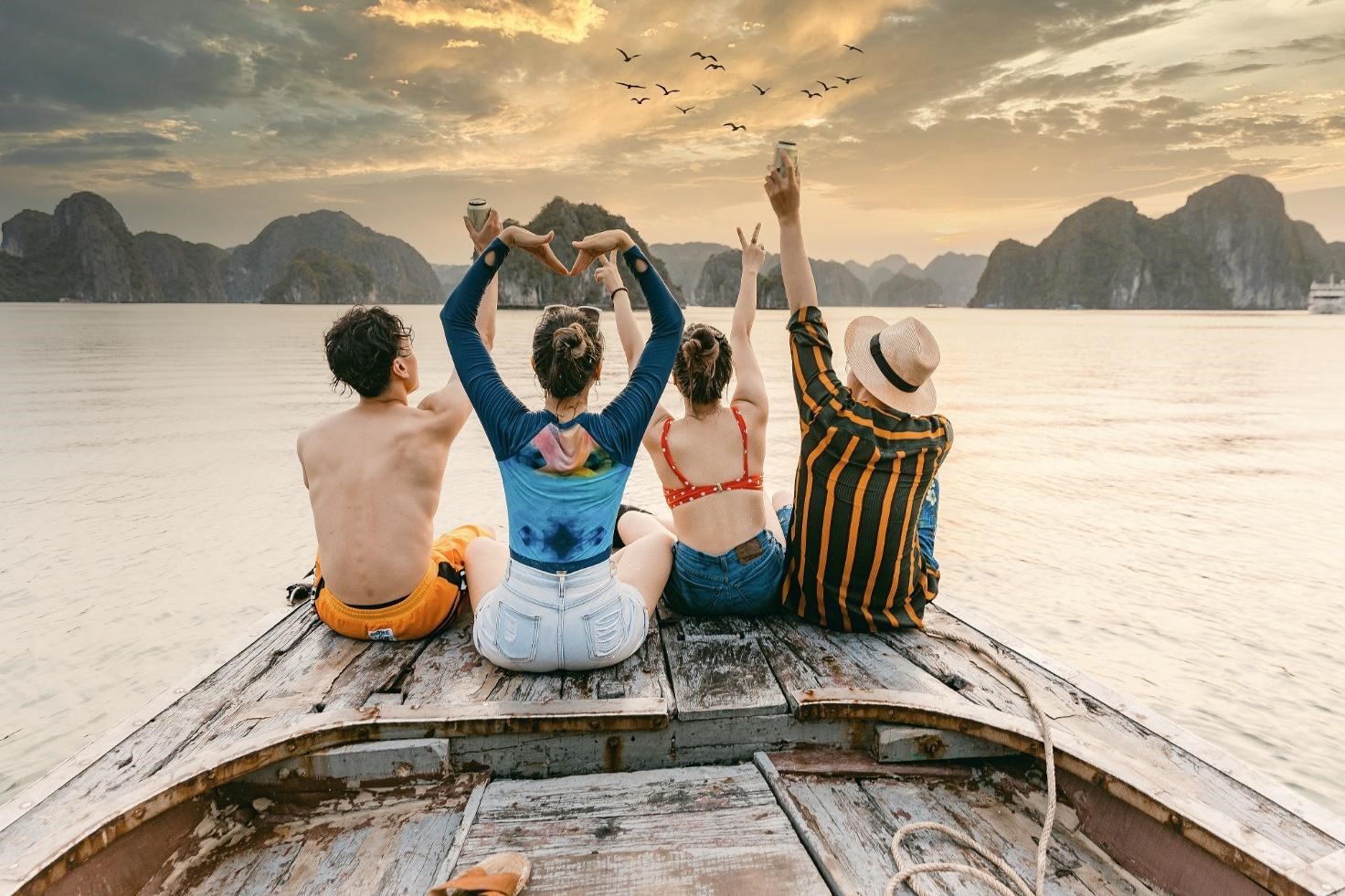
Back to the story of “Net Zero”, we have consulted for many projects, criteria expression such as the numerous land reclamation Islands in Jakarta Bay; Pluit City in Jakarta (Indonesia) for instance with the idea of building sustainable urban areas and housing on an area of 160 hectares of two artificial land reclamation islands in the north of Jakarta.
We want to replicate the ecological, zero-carbon emission model, policy makers and large enterprises like Sun Group need to have a progressive approach. We must change the approach right from coastal zone and marine spatial planning. Planning needs to closely follow the ecosystem, effectively manage resources, study the impact of climate change to preserve and warn of risks, but there is also on the one hand a need for long-term vision to balance infrastructure investment with environmental sustainability and climate resilience and on the other hand make progress towards the future.
Next, the key factor to create a “green transition” is (innovative) technology. From materials, construction technology, power grid systems, energy, transportation, solid waste management to waste water treatment. Everything must be smart, green, climate resilient and sustainable.
And finally, the key to success is the consensus and collaboration of all resources from the government, private sector businesses to the people to move jointly towards the goal of green and sustainable development. No project can be realized without one of the three “pillars” above.
Solving all of the above propositions, Vietnam can completely develop regional-scale ecological islands, achieving sustainable development, Net Zero and climate resilience by 2050 as committed at COP26.
 HOANHAP.VN
HOANHAP.VN


